10 Weirdest Musical Collaborations That Somehow Actually Worked (and 5 That Definitely Didn’t)
Music collaborations often succeed because two artists share a sound or background. But every once in a while, you get pairings so odd they defy logic and still manage to work (or spectacularly fail). Here are 10 that oddly clicked, followed by five that felt like they should’ve stayed in the vault.
Where the Wild Roses Grow – Nick Cave & the Bad Seeds and Kylie Minogue
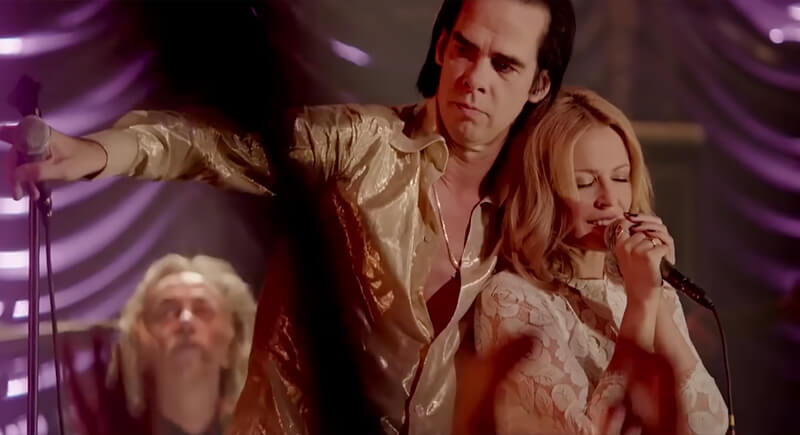
Credit: Youtube
Nick Cave’s dark storytelling found an unlikely match in Kylie Minogue’s pop music. Their 1995 duet Where the Wild Roses Grow turned a murder song into a hit. Minogue’s soft delivery balanced Cave’s lyrics, and the single reached the Top 20 across Europe.
Fantasy (Remix) – Mariah Carey and Ol’ Dirty Bastard
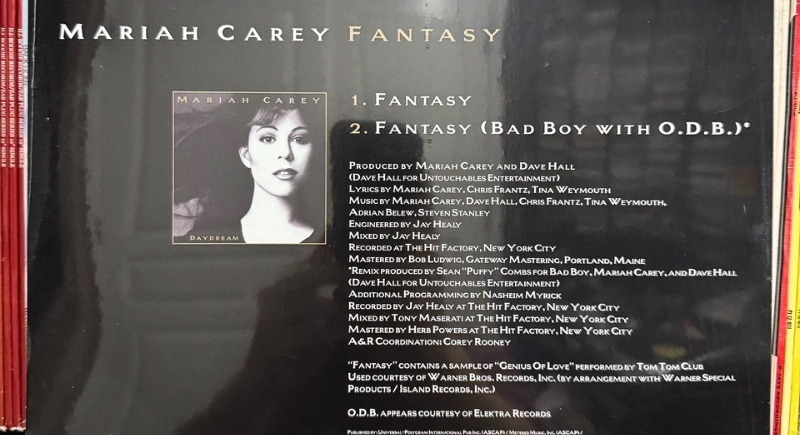
Credit: ebay
Mariah Carey’s pop combined with O.D.B.’s unpredictability on the Fantasy remix. Released in 1995, it sounded chaotic yet catchy. Carey fought to keep the Wu-Tang Clan rapper on the track despite label resistance, and her instinct proved right. The remix topped charts worldwide and reshaped the landscape for pop-rap crossovers.
Smooth – Carlos Santana and Rob Thomas
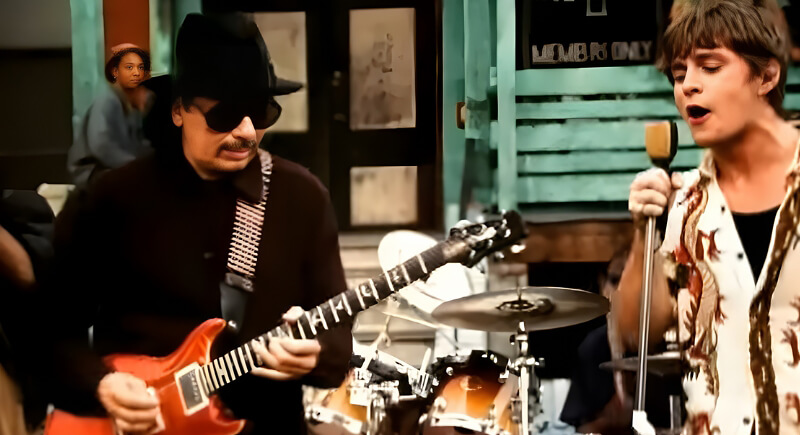
Credit: Youtube
By 1999, few expected Carlos Santana to dominate radio again, but Smooth changed that. Rob Thomas’s hook-laden vocals were used alongside Santana’s Latin-rock riffs to create one of the biggest hits of the decade. The song ruled the charts for twelve weeks and earned three Grammys.
Beat It – Michael Jackson and Eddie Van Halen

Credit: IMDb
When Quincy Jones asked Eddie Van Halen to record a guitar solo for Beat It, the rocker thought the call was a prank. Instead, his riffs helped merge pop and hard rock in a way the charts had never seen. The 1982 track became a cornerstone of Thriller.
Over and Over – Nelly and Tim McGraw
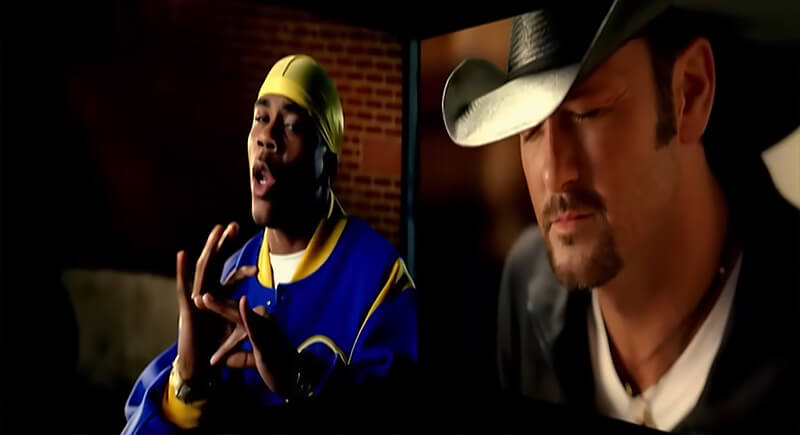
Credit: Youtube
Nelly’s introspective lyrics and Tim McGraw’s country sound met somewhere between Nashville and St. Louis. The 2004 single was built on a sparse piano loop and explored heartbreak. Its crossover success proved that emotional storytelling can bridge any musical divide, peaking at No. 3 on the Billboard chart.
Home – Bone Thugs-n-Harmony and Phil Collins
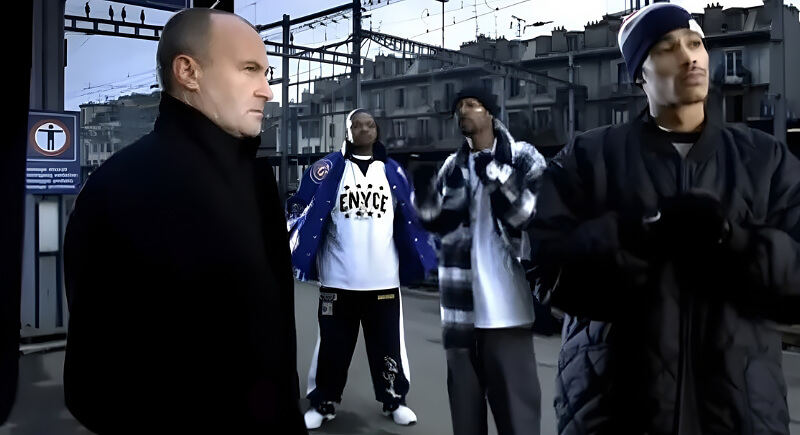
Credit: Reddit
In 2003, Bone Thugs-n-Harmony built Home around a sample of Phil Collins’s 1985 hit Take Me Home while crediting the pop icon as a featured artist. The haunting chorus fit seamlessly with the group’s melodic rap flow.
Johnny and Mary – Todd Terje and Bryan Ferry
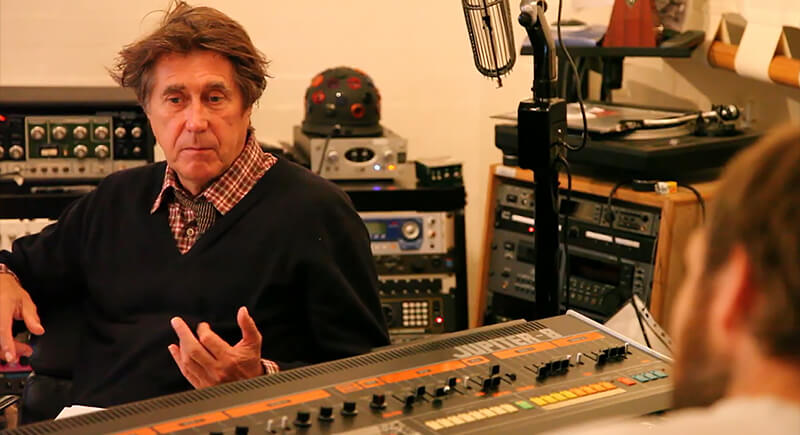
Credit: Youtube
Todd Terje and Bryan Ferry transformed Robert Palmer’s Johnny and Mary into something delicate and reflective. Ferry’s vocals traveled through Terje’s music and turned the 2014 recording into a meditation on memory rather than a dance track.
Can’t Stop Partying – Weezer and Lil Wayne

Credit: Youtube
Weezer’s Can’t Stop Partying was written as a jab at celebrity excess, but Lil Wayne’s guest verse turned it into an ironic anthem. Released in 2009, the track fused rock guitars with club-ready beats, which left fans divided but intrigued. It’s still remembered as one of the strangest and catchiest genre mashups of its time.
44/876 – Sting and Shaggy

Credit: Wikimedia Commons
When Sting and Shaggy announced a joint album in 2018, most listeners were baffled. Yet 44/876 mixed British pop precision with reggae and ended up winning a Grammy for Best Reggae Album.
I Don’t Wanna Live Forever – Taylor Swift and Zayn Malik
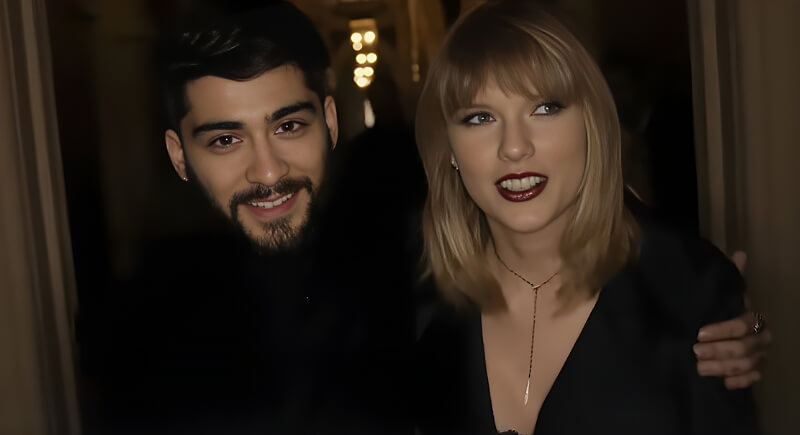
Credit: Youtube
Recorded for Fifty Shades Darker, this 2017 duet paired Taylor Swift’s emotional precision with Zayn Malik’s moody intensity. Their overlapping vocals matched the film’s dark tone, and sleek production pushed it to No. 2 on the Billboard Hot 100. Even skeptics admitted it worked as a polished pop experiment.
Accidental Racist – Brad Paisley and LL Cool J

Credit: Youtube
Accidental Racist, a 2013 collaboration between Brad Paisley and LL Cool J, aimed for unity but stumbled into controversy. Lines comparing gold chains to slavery’s iron chains drew backlash from critics and fans alike. Instead of bridging divides, the song became a case study in how good intentions can misfire publicly.
Lulu – Lou Reed and Metallica

Credit: Youtube
Lou Reed’s spoken-word storytelling met Metallica’s heavy metal drive on “Lulu,” a 2011 concept album inspired by German theater. The collision of styles was so stark it bordered on combative. Critics called it baffling, although Reed defended it as a matter of pure artistic freedom.
Whatzupwitu – Eddie Murphy and Michael Jackson
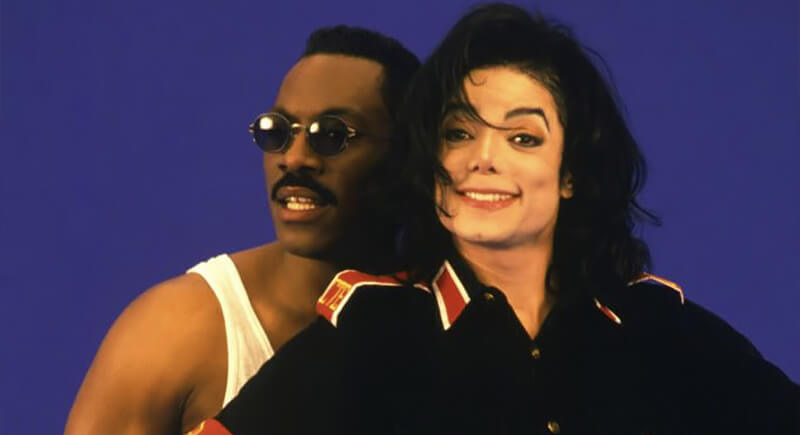
Credit: IMDb
In 1993, Eddie Murphy and Michael Jackson teamed up for Whatzupwitu, a well-intentioned but bewildering single. Despite Jackson’s star power and Murphy’s charisma, the result was painfully awkward. The low-budget, CGI-heavy video, with floating cherubs and endless clouds, didn’t help its case.
Drummer Boy – Justin Bieber and Busta Rhymes
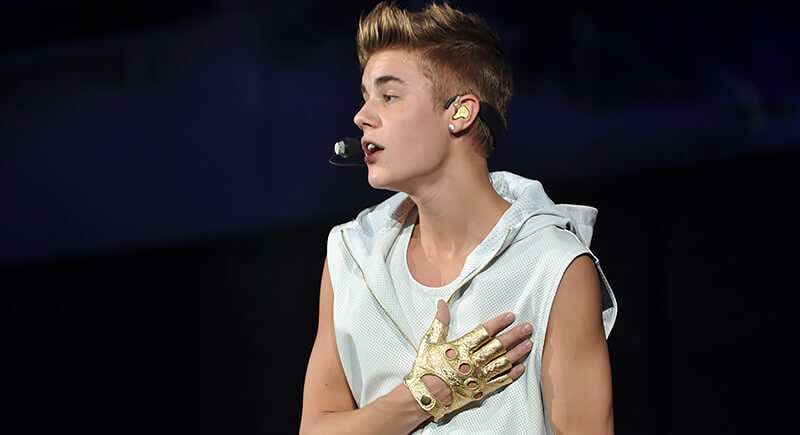
Credit: Wikimedia Commons
Justin Bieber and Busta Rhymes reimagined Drummer Boy in 2011 as a mix of rap verses, trap beats, and holiday cheer. The result was frantic, festive, and unforgettable. Critics called it excessive, but fans embraced its absurd energy. It resurfaces each December as proof that Christmas music can be wonderfully weird.
Two to the Power of Love – Janet Jackson and Cliff Richard
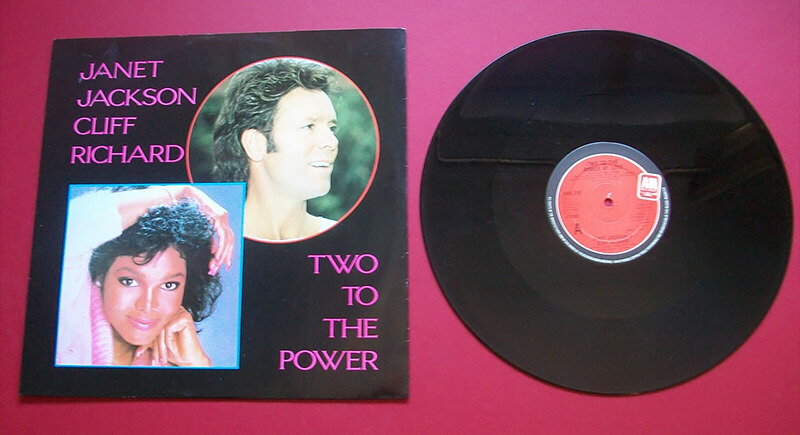
Credit: ebay
Before her rise to superstardom, Janet Jackson teamed up with Cliff Richard for the 1984 duet Two to the Power of Love. The song’s production and soft-pop tone failed to connect with audiences. Both artists quickly moved on.